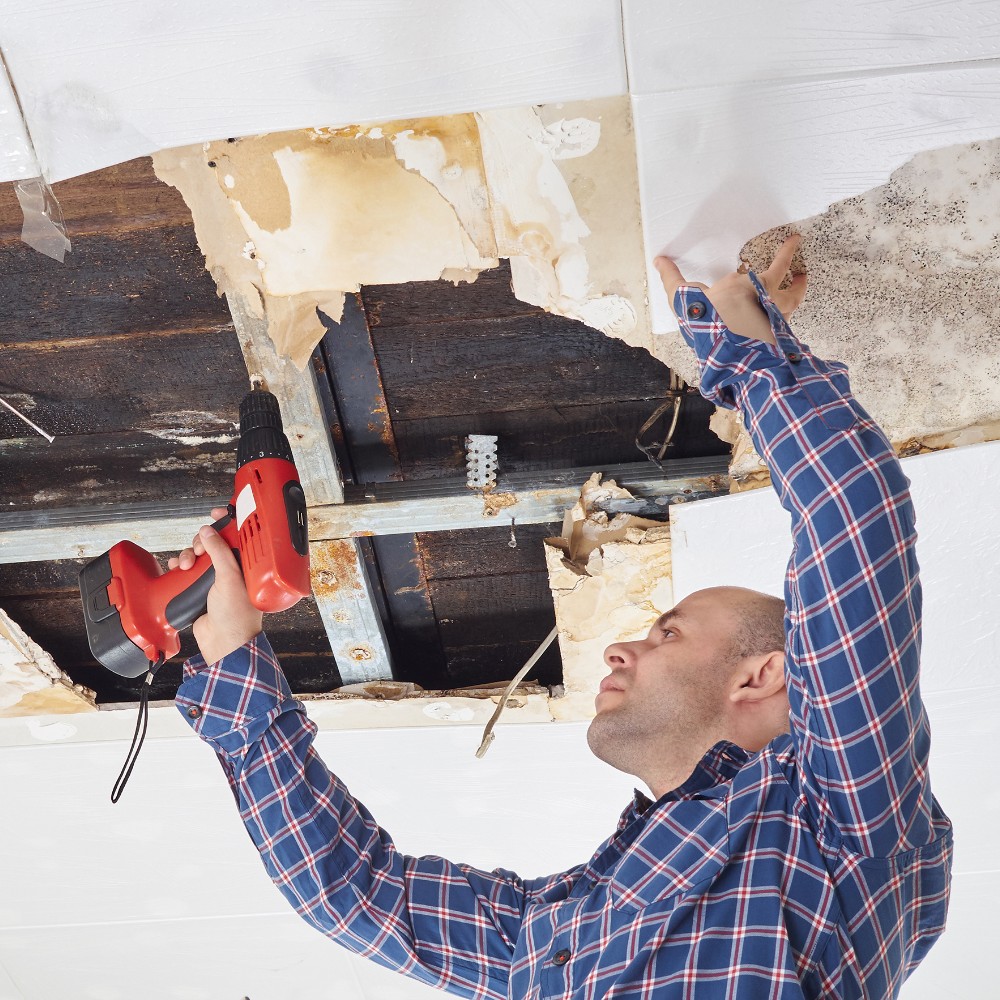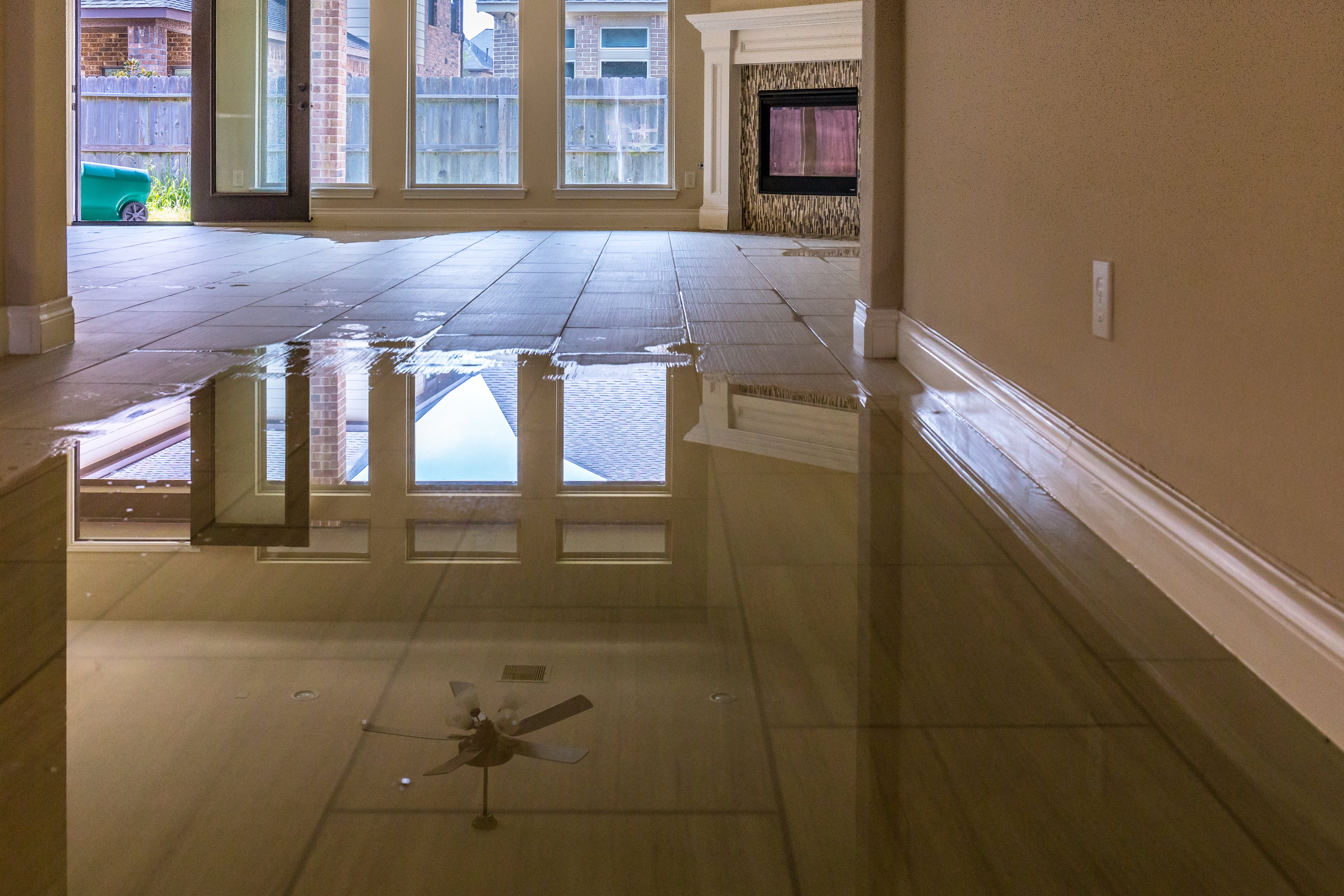Efficient Water Mitigation Methods You Need to Know
Water damages can be a pricey and turbulent problem for homeowner, making it important to be skilled in reliable water reduction strategies. From early discovery and inspection to efficient water removal methods and extensive drying out methods, there are vital actions to absorb mitigating water damage. It is not just about addressing the noticeable impacts of water intrusion but also protecting against long-lasting concerns like mold development and ensuring appropriate structural repair work and restoration. Recognizing these strategies is crucial for any type of specific or company seeking to secure their property and reduce the effect of water damage.

Early Detection and Evaluation
Early detection and examination are essential steps in the process of water mitigation to determine and attend to possible resources of water damage without delay. Identifying these issues early on can prevent further rise of water damages, inevitably saving time and resources in the reduction process.
In addition, very early discovery permits speedy action to be taken in drying out affected locations and applying essential repair work to stop mold development, architectural deterioration, and various other lasting repercussions of water damage. Prompt treatment not only mitigates the immediate impact of water invasion yet additionally aids in protecting the integrity and safety of the residential property in the lengthy run. Focusing on very early discovery and evaluation as basic components of water reduction methods is essential for effective damages control and restoration efforts.
Effective Water Removal Methods
Detection and examination are crucial actions in any water mitigation process, laying the foundation for effective water extraction methods to promptly eliminate excess water from impacted locations. As soon as the level of water damage is examined, it is critical to use effective extraction techniques quickly. Water extraction can be accomplished with different techniques, consisting of using effective pumps, damp vacuum cleaners, and dehumidifiers.
Specialist water reduction groups usually make use of completely submersible pumps to quickly get rid of huge amounts of water from the properties. These pumps can extracting water at a fast rate, reducing the threat of more damages to the property. Wet vacuums are additionally commonly used to target smaller sized areas or hard-to-reach areas where standing water persists.
Furthermore, dehumidifiers play a crucial role in the water extraction process by lowering wetness levels airborne and speeding up the total drying out time - water damage restoration company round lake ny. By incorporating these removal methods strategically, water reduction specialists can successfully draw out water, reduce damage, and protect against mold and mildew growth, inevitably bring back the affected location to its pre-loss condition
Thorough Drying Techniques
To make sure extensive water damages reduction, detailed drying out methods are important in removing residual moisture and avoiding prospective structural issues. After water extraction, the focus shifts to drying the impacted areas completely.
In situations of water damages, porous products like drywall and carpeting can catch wetness, causing mold growth and architectural weakening otherwise adequately dried. To resolve this, professionals may use customized devices such as moisture meters to measure dampness degrees within materials, guaranteeing complete drying. Furthermore, the removal of walls or piercing tiny openings in wall surfaces might assist in drying out in wall surface cavities where dampness can linger undiscovered.
Mold Prevention and Remediation
Adhering to the extensive drying out methods in water reduction, the focus now changes towards resolving Go Here mold prevention and removal to safeguard against prospective health risks and architectural damages - flooded basement cleanup ballston spa ny. Mold can swiftly create in areas impacted by water damages, posturing serious health and wellness dangers and endangering the integrity of the building.
In situations where mold and mildew has actually currently developed, quick removal is crucial. This process involves the cautious removal and disposal of mold-infested products, complied with by detailed cleaning and disinfection of the area to stop regrowth. It is necessary to resolve mold and mildew concerns promptly and effectively to stop additional damage and guarantee the security of residents. Expert mold remediation services may be necessary for extensive mold infestations to ensure safe and thorough elimination. By applying these mold and mildew avoidance and remediation techniques, the risks connected with water damages can be significantly reduced.
Architectural Repair Service and Reconstruction

Painting walls, replacing flooring, and resolving any kind of noticeable water stains are common techniques. Furthermore, resolving any type of sticking around moisture concerns and ensuring proper air flow can help stop future architectural damage and mold growth.
Final Thought
Finally, effective water mitigation strategies such as early detection, effective water extraction, detailed drying out, mold and mildew prevention, you could try this out and architectural fixing are vital in reducing damages and recovering affected areas (water removal ballston spa ny). By following these actions carefully, residential or commercial property proprietors can alleviate the influence of water damages and prevent additional problems such as mold development. It is crucial to act immediately and employ these methods to make certain an effective water mitigation procedure
Water damage can be a pricey and turbulent issue for residential or commercial property owners, making it important to be well-versed in efficient water mitigation methods. From very early detection and examination to efficient water extraction techniques and comprehensive drying techniques, there are important steps to take in mitigating water damages.Very early detection and inspection are critical actions in the process of water mitigation to determine and attend to possible sources of water damage promptly.Discovery and inspection are vital steps in any water mitigation procedure, laying the foundation for reliable water extraction approaches to quickly remove excess water from affected areas.In final thought, reliable water reduction techniques such as very early detection, effective water extraction, extensive drying, mold and mildew prevention, and architectural repair service are crucial in lessening damage and recovering impacted locations.